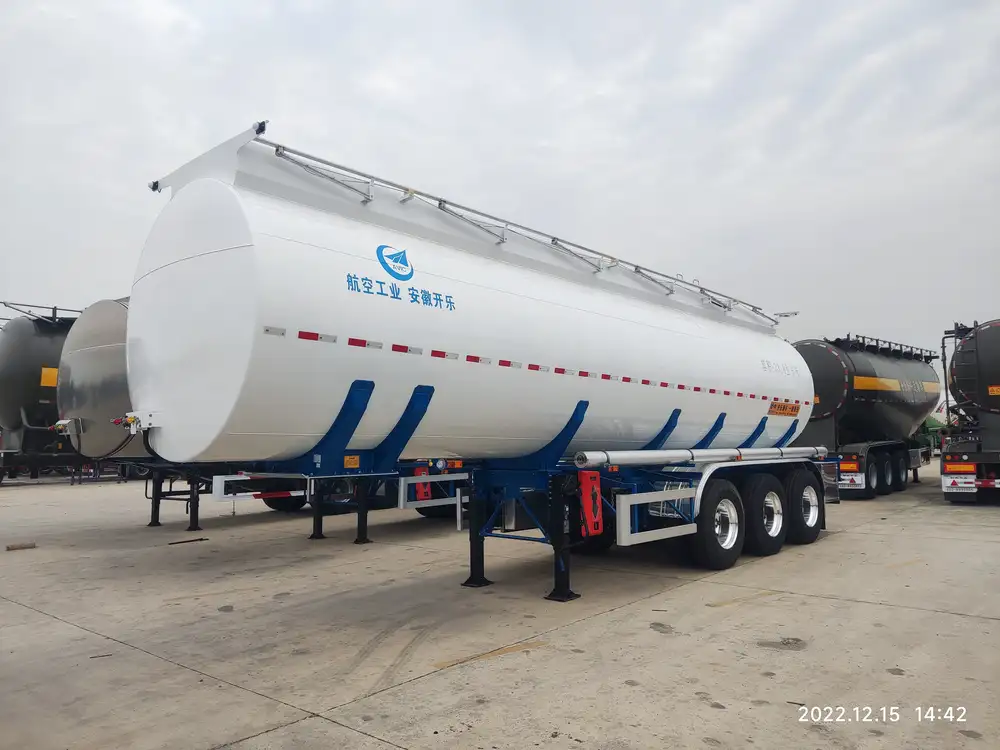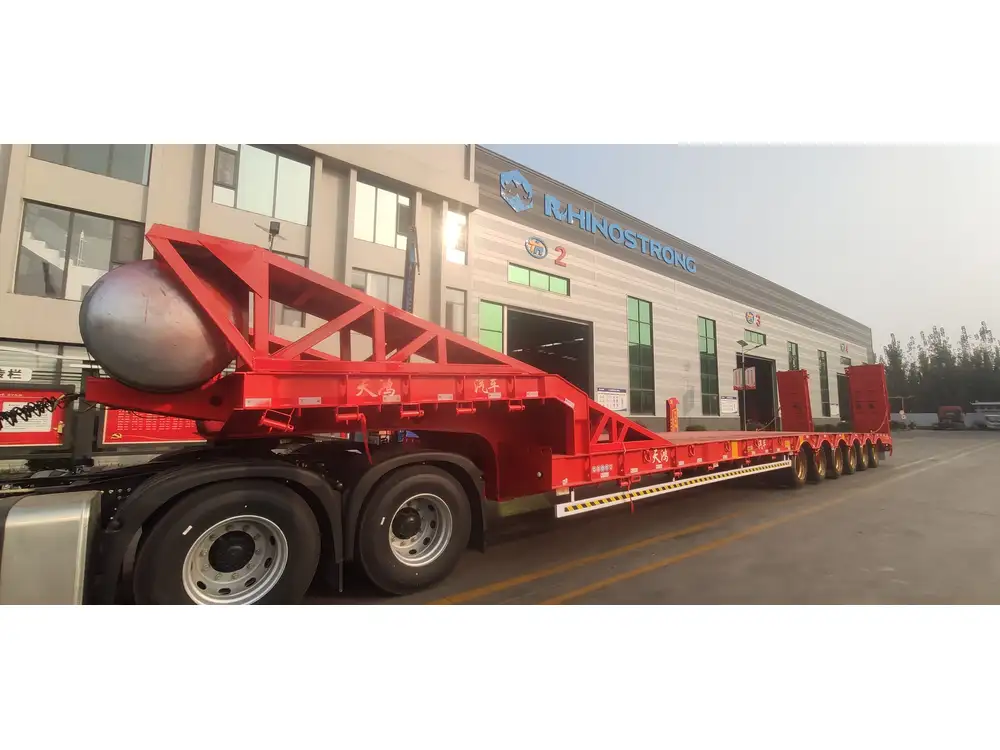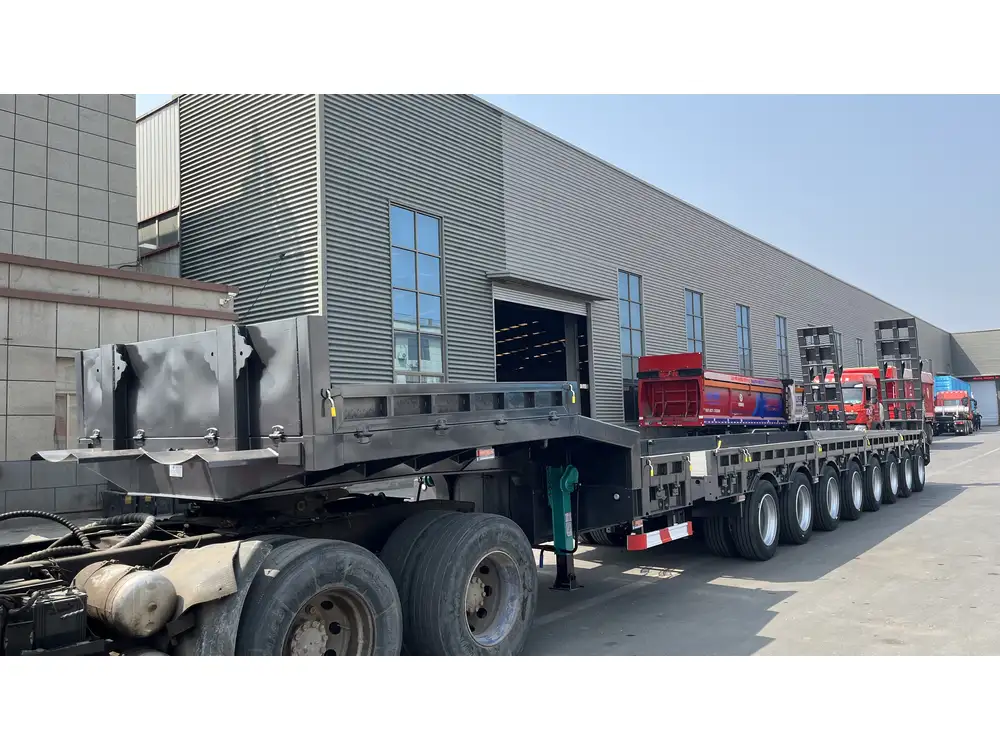Wiring the lights of a dump trailer equipped with electric brakes requires a thorough understanding of electrical systems and safety procedures. This guide aims to provide detailed steps, wiring diagrams, and essential tips to ensure a successful installation.
Understanding the Components
Before starting the wiring process, it’s vital to familiarize yourself with the key components involved:
Essential Components
| Component | Description |
|---|---|
| Dump Trailer Coupler | The device that attaches the trailer to the towing vehicle. |
| Electric Brakes | Braking system powered by electricity delivered through the wiring. |
| Light Assemblies | Includes tail lights, stop lights, and turn signals. |
| Wiring Harness | A collection of wires connecting all components. |
| Connector Plug | Connects the trailer wiring to the tow vehicle. |

Tools Required
- Wire strippers
- Crimping tool
- Heat shrink tubing and heat gun
- Electrical tape
- Multimeter for testing
- Wire connectors (butt connectors, ring terminals)
- Torque wrench
Step-by-Step Wiring Process
Preparing the Work Area
- Safety First: Always disconnect the negative terminal of the battery to prevent any shock or accidental short circuits.
- Organize Your Tools: Make sure all tools and materials are readily accessible to streamline your work process.

Creating a Wiring Diagram
A comprehensive wiring diagram is essential for understanding how each component connects. Below is a typical configuration for a dump trailer with electric brakes:
Tow Vehicle Connector (7-pin)
| | | | |
1 2 3 4 5 6 7
(ground, left turn, right turn, trailer brakes, running lights, reverse lights, 12V battery)Wiring the Electric Brakes
- Run the Power Cable: Extend a 10-gauge wire from the brake controller in your tow vehicle to the electric brakes on the trailer. This wire should run along the trailer’s frame to avoid damage.
- Connect the Brake Wires: At the brake assembly, connect the trailer’s brake wire to the appropriate terminal on the electric brakes, ensuring secure connections with crimp connectors.
Wiring the Lights
Tail Lights Connection:
- Ground Wire: Connect the ground terminal of the light assembly to the trailer frame using an appropriate grounding connector.
- Running Lights: Attach the running light wire to the tail light assembly, ensuring to meet local regulations regarding color codes.
Brake Lights Wiring:
- Connect the wire from the brake controller to the brake light socket on the tail light assembly.
Turn Signal Wiring:
- Each turn signal needs to be correctly wired using the tow vehicle’s wiring harness. Typically, the left turn signal connects to the corresponding pin on the trailer connector, and the same goes for the right turn signal.

Wiring Table for Lights
| Light Type | Color Code | Connection Point |
|---|---|---|
| Ground | White | Frame of the trailer |
| Running Lights | Brown | Tail light assembly |
| Left Turn Signal | Yellow | Left tail light and turn signal |
| Right Turn Signal | Green | Right tail light and turn signal |
| Brake Lights | Red | Tail light brake socket |
Securing the Connections
- Heat Shrink Tubing: After connecting wires, slide heat shrink tubing over connections and apply heat to secure them. This prevents moisture and corrosion.
- Electrical Tape: Use electrical tape to wrap exposed wire connections for added protection.
Testing the System
- Reconnect the Battery: Once all connections are secured, reconnect the negative terminal of the car battery.
- Test Lights and Brakes: Use a multimeter to ensure that the lights are functioning as expected. Activate the towing vehicle’s turn signals and brake lights while observing the trailer’s lights.

Common Issues and Troubleshooting
Troubleshooting Techniques
- Lights Not Working: Check for blown fuses in the tow vehicle, ensure the connections are secure, and verify the continuity of the wires.
- Electric Brakes Not Engaging: Inspect the wiring from the brake controller to the electric brakes for any breaks or loose connections. A multimeter can help identify issues.
- Short Circuits: If the system shorts out, immediately disconnect the battery and inspect all wiring for damage or incorrect connections.
Maintenance Tips
- Regular Inspections: Frequently check all connections and the wiring harness for signs of wear and tear.
- Clean Connectors: Ensure all connectors are free from dirt and corrosion, which can lead to connectivity issues.

Safety Considerations
- Always adhere to electrical safety standards when working on trailer systems.
- If you encounter uncertainties or complications, consider consulting an automotive electrical specialist.
- Wear appropriate personal protective equipment (PPE) throughout the installation process.
Conclusion
Wiring the lights on a dump trailer fitted with electric brakes can be intricate but is manageable with this detailed guide. Proper preparation, organization, and adherence to safety protocols are essential. If you’re unsure about any steps, seeking professional help can save time and ensure compliance with safety standards. With the right knowledge and execution, you can successfully set up your dump trailer for safe and effective use.
Frequently Asked Questions (FAQs)

1. What gauge wire should I use for trailer brakes?
Using a 10-gauge wire is recommended for electric brakes to ensure adequate power delivery.
2. How can I tell if my electric brakes are working?
You can test this by engaging the brake controller in your towing vehicle and verifying that the brakes respond appropriately on the trailer.
3. Are there specific color codes I should follow for wiring?
Yes, following standard wiring color codes enhances clarity and safety. Consult your trailer’s manual for specific color codes and functions.

4. Can I use a multi-pin connector for my trailer wiring?
Yes, a 7-pin connector is standard for trailers with electric brakes, providing connections for all necessary electrical systems.
5. What should I do if my trailer lights flicker?
Flickering lights often indicate a poor connection or a failing ground. Inspect all connectors and grounds to ensure solid connections.
This guide not only addresses the wiring needs of dump trailers but also ensures that safety and efficiency remain at the forefront of trailer operation. By following these steps and adhering to best practices, you can confidently wire your dump trailer while minimizing risks associated with electrical work.



